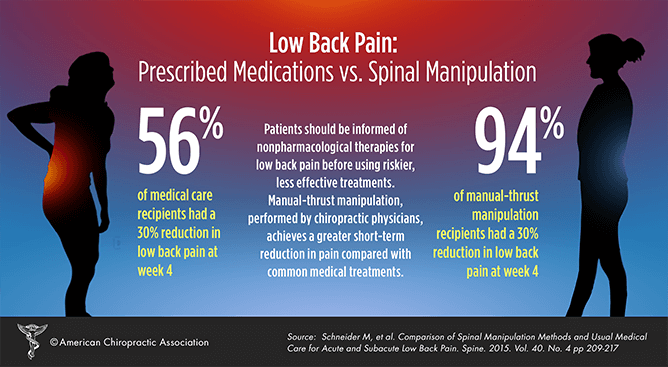As you check out the world of cold laser treatment, you'll uncover a realm of possibilities for discomfort relief that is both intriguing and effective. low back pain doctor stamford ct of making use of light to address different disorders might just be the trick to unlocking a brand-new degree of comfort and healing for you. So, why not find just how this non-invasive treatment is reshaping the landscape of pain monitoring and offering want to those looking for all-natural treatments for their pain?
Comprehending Cold Laser Therapy
To understand cold laser treatment, you have to realize the fundamental principles behind this non-invasive therapy method. Cold laser treatment, additionally known as low-level laser treatment (LLLT), uses particular wavelengths of light to connect with cells. The light power passes through the skin and is taken in by cells, triggering a collection of organic reactions. These responses aid advertise healing, minimize inflammation, and relieve discomfort.
The crucial to comprehending cold laser therapy lies in its capability to promote mobile feature. When please click the next post is soaked up by cells, it improves their metabolic rate and speeds up the manufacturing of ATP, the energy source for cells. This boost in mobile task can result in boosted blood circulation, cells repair, and pain alleviation.
Benefits of Cold Laser Treatment
Using certain wavelengths of light, cold laser treatment uses a range of advantages for discomfort alleviation and recovery. Among the crucial advantages of cold laser therapy is its non-invasive nature. Unlike procedures, cold laser treatment doesn't call for lacerations, making it a more secure and a lot more comfy alternative for several people.
Furthermore, cold laser therapy is known for its capability to lower swelling. By targeting inflamed areas with concentrated light power, the treatment aids to decrease swelling and advertise much faster healing.
Moreover, simply click the next website is a prominent option due to its marginal side effects. Unlike some medicines that can trigger negative responses, cold laser therapy is mild on the body and normally well-tolerated. This makes it an appropriate alternative for people trying to find an all-natural and low-risk pain relief solution.
An additional significant advantage is the quick healing time related to cold laser therapy. Considering that the treatment boosts the body's natural recovery procedures, individuals commonly experience fast improvements in their problem without the need for prolonged downtime.
Problems Dealt With With Cold Laser
Cold laser treatment efficiently deals with a selection of problems ranging from musculoskeletal injuries to chronic discomfort. For bone and joint injuries like strains, strains, and tendonitis, cold laser treatment can help in reducing swelling, alleviate discomfort, and advertise tissue fixing. It's likewise valuable for dealing with joint inflammation by decreasing joint pain and stiffness.
In addition, cold laser therapy can assist in accelerating the recovery procedure for injuries and injuries by boosting flow and advertising cell regrowth.
Chronic pain problems such as fibromyalgia, neuropathy, and lower back pain can likewise be effectively taken care of with cold laser treatment. The therapy functions by targeting the source of pain and causing a biochemical cascade that decreases pain sensitivity and swelling.
Moreover, conditions like carpal tunnel syndrome, TMJ conditions, and plantar fasciitis can take advantage of the pain-relieving and anti-inflammatory impacts of cold laser treatment.
Verdict
In conclusion, cold laser therapy is a risk-free, efficient, and non-invasive therapy choice for discomfort alleviation.
With its capacity to promote healing, reduce swelling, and ease pain, this ingenious treatment offers an all-natural and low-risk option to operations.
Whether you're handling persistent discomfort, sporting activities injuries, or joint inflammation, cold laser therapy can offer alleviation and boost your quality of life without the need for invasive treatments.
